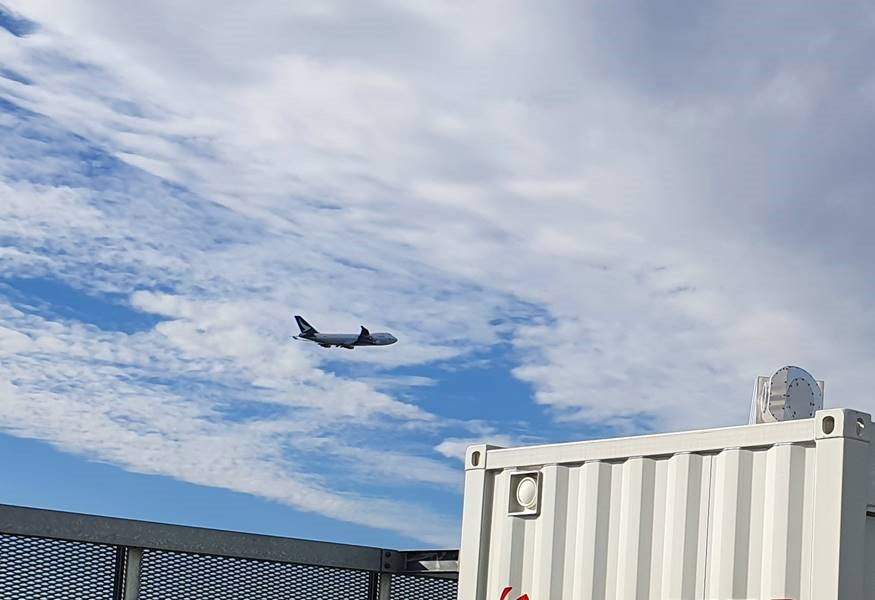ENHANCED WEATHER DATA BRINGS MORE PREDICTABLE RUNWAY OPERATIONS
Using advanced separation techniques, such as time-based, weather dependent or pairwise separation between aircraft arriving or departing the airport, improves runway throughput, which is particularly beneficial at congested airports. Tailored wind and weather information offers further capacity benefit when combined with newly developed ATM tools.
The meteorology for wake turbulence separation (METForWTS) technological candidate solution uses enhanced weather products to provide wind profiles along the glide and departure paths to three nautical miles and beyond. It uses SWIM data exchange and a specially developed algorithm to process sensor inputs from the four-dimensional weather cube (4DWxCube).
As standalone wind sensors experience limitations, additional sensor capabilities or extrapolation techniques are needed. For example, Doppler radar only provide, data in wet conditions while Doppler Lidar provides a limited wind profile, since commercially available wind lidars have difficulty in measuring wind much beyond 10 km. It is for this reason that SESAR researchers are looking at novel techniques like machine learning algorithms for lidar data integration with aircraft in situ measurements.
The technological candidate solution aims to define the data model for the enhanced wind products that are needed for the SWIM service METForWTS, and to examine how they will be integrated into controller tools for optimised separation delivery (OSD) and optimised runway delivery (ORD).
BENEFITS
Increased runway throughput
Improved resilience

